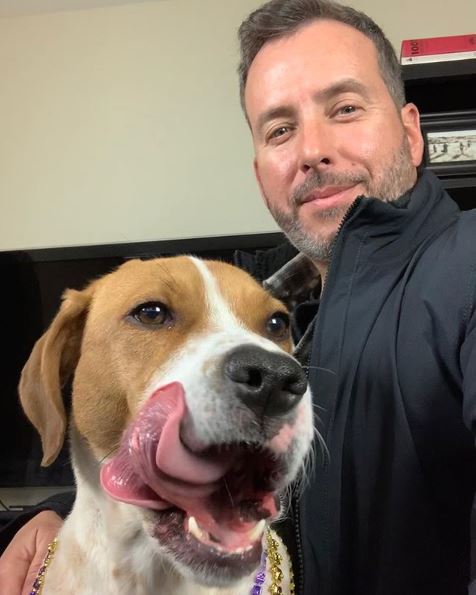One page or two? Functional or Historical? What is the best Brand of Resume for me?
 This week Jonathan Schneider, owner of The AFTERLIFE creative design firm, posed a question on LinkedIn asking what is the best format for the modern resume. There were many great answers. But the overriding opinion was that a resume needs to be detailed and historical and you shouldn’t worry about how many pages it takes to make it so. This was my answer:
This week Jonathan Schneider, owner of The AFTERLIFE creative design firm, posed a question on LinkedIn asking what is the best format for the modern resume. There were many great answers. But the overriding opinion was that a resume needs to be detailed and historical and you shouldn’t worry about how many pages it takes to make it so. This was my answer:
This is a great question. I have been recruiting I.T. pro’s, Creatives, and Executives for many years. I tell them all the same thing. The key is in getting the resume in front of the person who will make a hiring decision. So unless you have a personal relationship with that person, someone has to first "find" your resume. That could be the hiring manager, an HR person, or a recruiter.
For most people, submitting your resume to a want ad tends to be kind of a black hole. So your resume has to have enough info to get a decently high search ranking wherever it is posted. Don’t have a posted resume? That’s okay, LinkedIn ranks very high in search rankings if you have the proper key words worked into your profile.
For the resume proper, 1 page, 2 pages? The answer is put down as much as it takes to get your job history down. Give detailed descriptions for the last 10 or so years, then list the companies and job titles beyond that.
Just putting down the names of the companies and a title for all jobs won’t do. When scanning a resume (and that’s usually all that happens) the reviewer generally looks for:
1)keywords that apply to the job for which they are hiring
2)job titles
3)specific duties as they apply to the job
4)job history
5)overall tenureFunctional resumes are nice, but won’t tell the whole story. Many companies have a specific profile by which they like to hire. You can’t get that from a functional resume. Put the functional part up front in your summary and accomplishments. Then list the job history as stated above.
A designed resume is fine. You at least want a resume that looks professional. But many times, the resume that ends up in front of the hiring manager has been stripped of that formatting. If you want to show off your design abilities then list a link to your web site. This is highly recommended for creatives.
Don’t tease with only minimal info. But don’t list a whole page for one job either. 1 or 2 solid paragraphs and some bullet points is good. Talk of your specific duties. Okay, you were an Art Director. But that means different things in different companies. Were you in charge of photo shoots? Did you do any broadcast work? Do you do hands on design?
You want your resume to serve two purposes. Get you noticed and found, and tell your story. Key words and specifics. Make sure your story is told well and you’ll make the cut if you are right for the job.
Hope this helps.
LinkedIn: Answers: More questions and debate on modern résumés.


